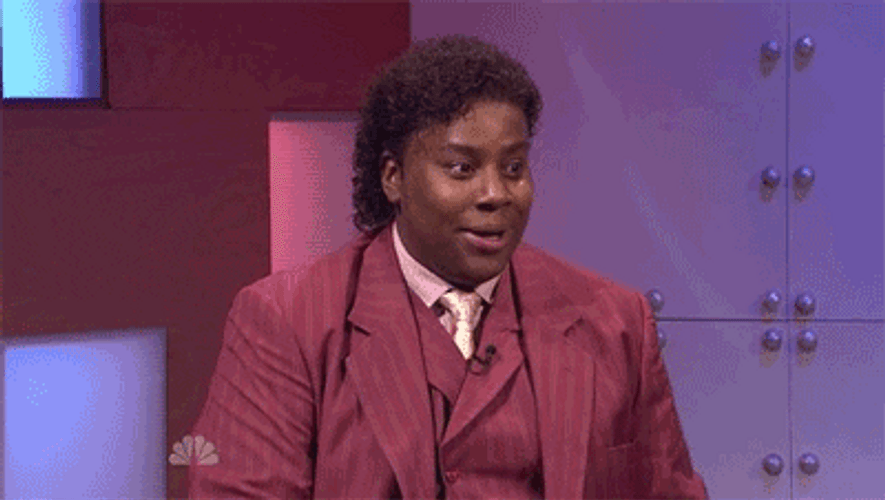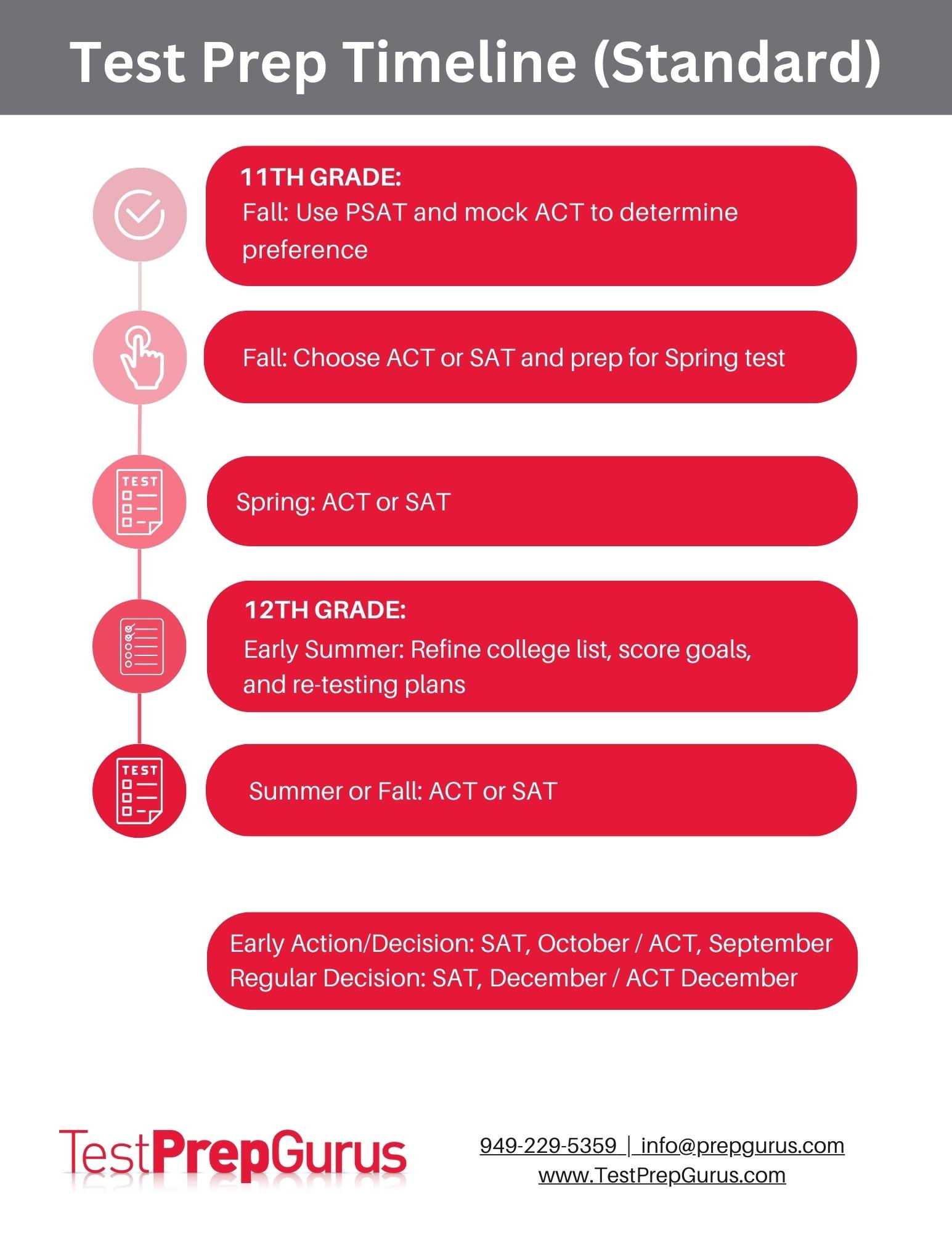Originally posted in the New York Times:
After the Covid pandemic made it difficult for high school students to take the SAT and ACT, dozens of selective colleges dropped their requirement that applicants do so. Colleges described the move as temporary, but nearly all have since stuck to a test-optional policy. It reflects a backlash against standardized tests that began long before the pandemic, and many people have hailed the change as a victory for equity in higher education.
Now, though, a growing number of experts and university administrators wonder whether the switch has been a mistake. Research has increasingly shown that standardized test scores contain real information, helping to predict college grades, chances of graduation and post-college success. Test scores are more reliable than high school grades, partly because of grade inflation in recent years.
Without test scores, admissions officers sometimes have a hard time distinguishing between applicants who are likely to do well at elite colleges and those who are likely to struggle. Researchers who have studied the issue say that test scores can be particularly helpful in identifying lower-income students and underrepresented minorities who will thrive. These students do not score as high on average as students from affluent communities or white and Asian students. But a solid score for a student from a less privileged background is often a sign of enormous potential.
“Standardized test scores are a much better predictor of academic success than high school grades,” Christina Paxson, the president of Brown University, recently wrote. Stuart Schmill — the dean of admissions at M.I.T., one of the few schools to have reinstated its test requirement — told me, “Just getting straight A’s is not enough information for us to know whether the students are going to succeed or not.”
An academic study released last summer by the group Opportunity Insights, covering the so-called Ivy Plus colleges (the eight in the Ivy League, along with Duke, M.I.T., Stanford and the University of Chicago), showed little relationship between high school grade point average and success in college. The researchers found a strong relationship between test scores and later success.
Likewise, a faculty committee at the University of California system — led by Dr. Henry Sánchez, a pathologist, and Eddie Comeaux, a professor of education — concluded in 2020 that test scores were better than high school grades at predicting student success in the system’s nine colleges, where more than 230,000 undergraduates are enrolled. The relative advantage of test scores has grown over time, the committee found.
“Test scores have vastly more predictive power than is commonly understood in the popular debate,” said John Friedman, an economics professor at Brown and one of the authors of the Ivy Plus admissions study.
With the Supreme Court’s restriction of affirmative action last year, emotions around college admissions are running high. The debate over standardized testing has become caught up in deeper questions about inequality in America and what purpose, ultimately, the nation’s universities should serve.
But the data suggests that testing critics have drawn the wrong battle lines. If test scores are used as one factor among others — and if colleges give applicants credit for having overcome adversity — the SAT and ACT can help create diverse classes of highly talented students. Restoring the tests might also help address a different frustration that many Americans have with the admissions process at elite universities: that it has become too opaque and unconnected to merit.
‘Picking Up Fundamentals’
Given the data, why haven’t colleges reinstated their test requirements?
For one thing, standardized tests are easy to dislike. They create stress for millions of teenagers. The tests seem to reduce the talent and potential of a human being to a single number. The SAT’s original name, the Scholastic Aptitude Test, implied a rigor that even its current defenders would not claim. Covid, in short, created an opportunity for American society to cast off a tradition that few people enjoyed.
But another part of the explanation involves politics. Standardized tests have become especially unpopular among political progressives, and university campuses are dominated by progressives.
Many consider the tests to be unfair because there are score gaps by race and class. Average scores for modest-income, Black and Hispanic students are lower than those for white, Asian and upper-income students. The tests’ critics worry that reinstating test requirements will reduce diversity. The Supreme Court’s affirmative action decision has heightened these concerns.
If selective colleges made admissions decisions based solely on test scores, racial and economic diversity would indeed plummet. Yet almost nobody in higher education favors using tests as the main factor for admissions. The question instead is whether the scores should be one of the criteria used to identify qualified students from every demographic group.
The SAT’s history offers some complex perspective. As the test’s critics sometimes point out, one designer of the original standardized tests in the early 20th century, Carl Brigham, also wrote a book promoting racist theories of intelligence (which he later disavowed). But a larger rationale for tests was connected to an expansion of opportunity. Administrators at Harvard, who pushed for the creation of the tests, saw them as a way to identify talented students from any background. The administrators believed that these students would go on to strengthen the country’s elite institutions, which were dominated by a narrow group of white Protestants, as Nicholas Lemann explained in “The Big Test,” his history of the SAT.
Today, perhaps the strongest argument in favor of the tests is that other parts of the admissions process have even larger racial and economic biases. Affluent students can participate in expensive activities, like music lessons and travel sports teams, that strengthen their applications. These same students often receive extensive editing on their essays from their well-educated parents. Many affluent students attend private schools where counselors polish each student’s application.
The tests are not entirely objective, of course. Well-off students can pay for test prep classes and can pay to take the tests multiple times. Yet the evidence suggests that these advantages cause a very small part of the gaps.
Consider that other measures of learning — like the NAEP, a test that elementary and middle school students take nationwide — show similarly large racial and economic gaps. The federal government describes the NAEP as “the nation’s report card,” while education researchers consider it a rigorous measure of K-12 learning. And even though students do not take NAEP test prep classes, its demographic gaps look remarkably similar to those of the ACT and SAT.
This similarity “is another piece of evidence that the SAT is picking up fundamentals,” said Raj Chetty, a Harvard economics professor who conducted the recent Ivy Plus study with Friedman and David Deming. “It strengthens the argument that the disparities in SAT scores are a symptom, not a cause, of inequality in the U.S.,” Chetty said.
To put it another way, the existence of racial and economic gaps in SAT and ACT scores doesn’t prove that the tests are biased. After all, most measures of life in America — on income, life expectancy, homeownership and more — show gaps. No wonder: Our society suffers from huge inequities. The problem isn’t generally with the statistics, however. The relatively high Black poverty rate is not a sign that the statistic is biased. Nor would scrapping the statistic alleviate poverty.
A Fixed Benchmark
The data documenting the predictive power of standardized tests is extensive and growing. In the study of Ivy Plus colleges, Chetty, Deming and Friedman looked at several measures of college success, such as whether students did well enough to earn admission to a top graduate school or be hired by a desirable company. Standardized test scores were a good predictor. High school grades were much less so:
Last week, three scholars — Bruce Sacerdote and Michele Tine of Dartmouth, along with Friedman — released additional research about some unnamed Ivy Plus colleges. It showed only a modest relationship between high school grades and college grades, partly because so many high school students now receive A’s. The relationship between test scores and college grades, by contrast, was strong. Students who did not submit a test score tended to struggle as much as those who had lower scores:
Test scores are strong predictors of college performance
Some people have worried that SAT scores are merely a proxy for income or race, Sacerdote noted, but the data should alleviate this concern. Within every racial group, students with higher scores do better in college. The same is true among poor students and among richer students:
Test scores and college grades are strongly related, regardless of students’ high school type
Amid all the subjectivity in the admissions process, the SAT and ACT — even with their flaws — offer meaningful information about an applicant’s readiness to do high-level academic work. The tests create a fixed benchmark that can be more reliable than high school grades, teacher recommendations or extracurricular activities. “The SAT just tells you a lot about how well prepared students are for college,” Sacerdote said.
When I have asked university administrators whether they were aware of the research showing the value of test scores, they have generally said they were. But several told me, not for quotation, that they feared the political reaction on their campuses and in the media if they reinstated tests. “It’s not politically correct,” Charles Deacon, the longtime admissions dean at Georgetown University, which does require test scores, has told the journalist Jeffrey Selingo.
In 2020, the University of California system went further than most colleges and announced — despite its own data showing the predictive value of tests — that it would no longer accept test scores even from applicants who wanted to submit them. In recent months, I made multiple requests to discuss the policy with university officials. They replied with an emailed statement saying that “U.C. remains committed to maintaining a fair admissions process that reviews every applicant in a comprehensive manner and endeavors to combat systemic inequities.” University spokespeople declined to discuss the policy by telephone or to schedule an interview with an administrator.
It remains unclear whether other colleges will revisit their test-optional policies given the new data. As is, many teenagers say they are confused. They are uncertain about whether to take the tests and what scores are high enough to submit.
The View From M.I.T.
M.I.T. has become a case study in how to require standardized tests while prioritizing diversity, according to professors elsewhere who wish their own schools would follow its lead. During the pandemic, M.I.T. suspended its test requirement for two years. But after officials there studied the previous 15 years of admissions records, they found that students who had been accepted despite lower test scores were more likely to struggle or drop out.
Schmill, the admissions dean, emphasizes that the scores are not the main factor that the college now uses. Still, he and his colleagues find the scores useful in identifying promising applicants who come from less advantaged high schools and have scores high enough to suggest they would succeed at M.I.T.
Without test scores, Schmill explained, admissions officers were left with two unappealing options. They would have to guess which students were likely to do well at M.I.T. — and almost certainly guess wrong sometimes, rejecting qualified applicants while admitting weaker ones. Or M.I.T. would need to reject more students from less advantaged high schools and admit more from the private schools and advantaged public schools that have a strong record of producing well-qualified students.
“Once we brought the test requirement back, we admitted the most diverse class that we ever had in our history,” Schmill told me. “Having test scores was helpful.” In M.I.T.’s current first-year class, 15 percent of students are Black, 16 percent are Hispanic, 38 percent are white, and 40 percent are Asian American. About 20 percent receive Pell Grants, the federal program for lower-income students. That share is higher than at many other elite schools.
“When you don’t have test scores, the students who suffer most are those with high grades at relatively unknown high schools, the kind that rarely send kids to the Ivy League,” Deming, a Harvard economist, said. “The SAT is their lifeline.”
Other colleges that still require the ACT or SAT tend to be somewhat removed from the intensely liberal culture of most elite campuses. Applicants to the United States Military Academy, at West Point, must take one of the tests. So must applicants to top public universities in Florida, Georgia and Tennessee. Gallaudet, the university in Washington, D.C., for people who are deaf or hard of hearing, also requires a test score.
A Question of Values
The strongest case against the tests comes from educational reformers who want to rethink elite higher education in fundamental ways. To them, the country’s top colleges should not be trying to identify the very best high school students; instead, these colleges should use their resources to educate a diverse mix of good students and, in the process, lift social mobility.
Comeaux — a professor of higher education at the University of California, Riverside, and co-chair of the state’s review of standardized tests — favors this approach. He agrees that the SAT and ACT predict later success. But he prefers a stripped-down admissions system in which colleges set minimum requirements, based largely on high school grades, and then admit students by lottery. “Having a lottery,” Comeaux said, “would make us radically rethink what it means to gain access and also to learn, rather than accepting the status quo.”
That’s not so different from what many colleges already do. The average acceptance rate nationwide is close to 70 percent. Even many selective colleges admit more than 25 percent of applicants, and high school grades can be sufficient for that purpose. “Test scores become relatively more important as the academic level of students increases,” Friedman, the Brown economist, said.
The SAT debate really comes down to dozens of elite colleges, like Harvard, M.I.T., Williams, Carleton, U.C.L.A. and the University of Michigan. The people who run these institutions agree that social mobility should be core to their mission, which is why they give applicants credit for having overcome adversity. But the colleges have another mission, as well: excellence.
They want to identify and educate the students most likely to excel. These students, in turn, can produce cutting-edge scientific research that will cure diseases and accelerate the world’s transition to clean energy. The students can found nonprofit groups and companies that benefit all of society.
Administrators at elite colleges have justified their decision to stop requiring test scores by claiming that the tests do not help them identify such promising students — a claim that is inconsistent with the evidence. The evidence instead suggests that standardized tests can contribute to both excellence and diversity so long as they are used as only one factor in admissions.
As it happens, most Americans support using standardized test scores in precisely this way. The Pew Research Center has asked Americans whether colleges should consider standardized tests when making admissions decisions. A large majority of people, across racial groups, support doing so:
Public opinion on standardized test scores in college admissions
U.S. adults who say test scores should be a factor in college admissions decisions
In today’s politically polarized country, however, the notion that standardized tests are worthless or counterproductive has become a tenet of liberalism. It has also become an example of how polarization can cause Americans to adopt positions that are not based on empirical evidence.
Conservatives do it on many issues, including the dangers of climate change, the effectiveness of Covid vaccines and the safety of abortion pills. But liberals sometimes try to wish away inconvenient facts, too. In recent years, Americans on the left have been reluctant to acknowledge that extended Covid school closures were a mistake, that policing can reduce crime and that drug legalization can damage public health.
There is a common thread to these examples. Intuitively, the progressive position sounds as if it should reduce inequities. But data has suggested that some of these policies may do the opposite, harming vulnerable people.
In the case of standardized tests, those people are the lower-income, Black and Hispanic students who would have done well on the ACT or SAT but who never took the test because they didn’t have to. Many colleges have effectively tried to protect these students from standardized tests. In the process, the colleges denied some of them an opportunity to change their lives — and change society — for the better.
David Leonhardt runs The Morning, The Times’s flagship daily newsletter. Since joining The Times in 1999, he has been an economics columnist, opinion columnist, head of the Washington bureau and founding editor of the Upshot section, among other roles. More about David Leonhardt



























